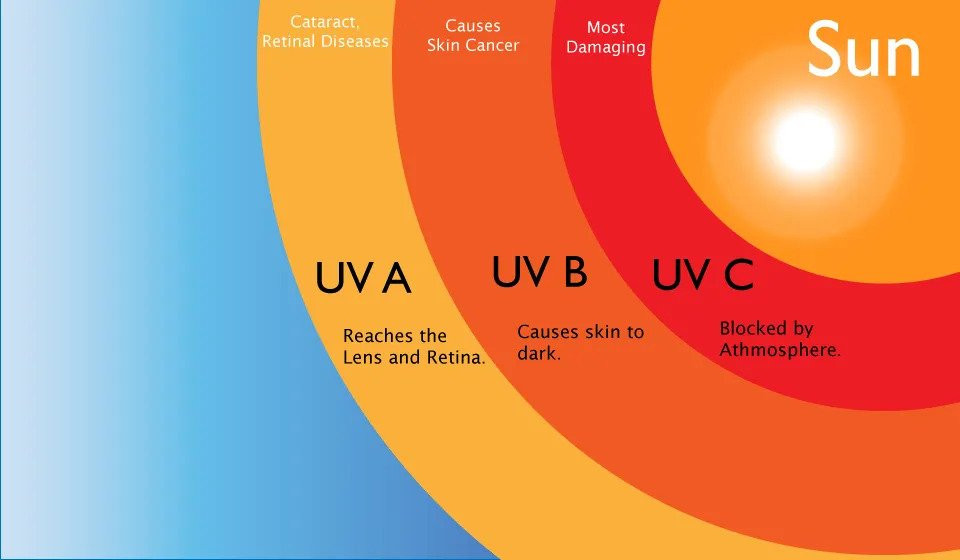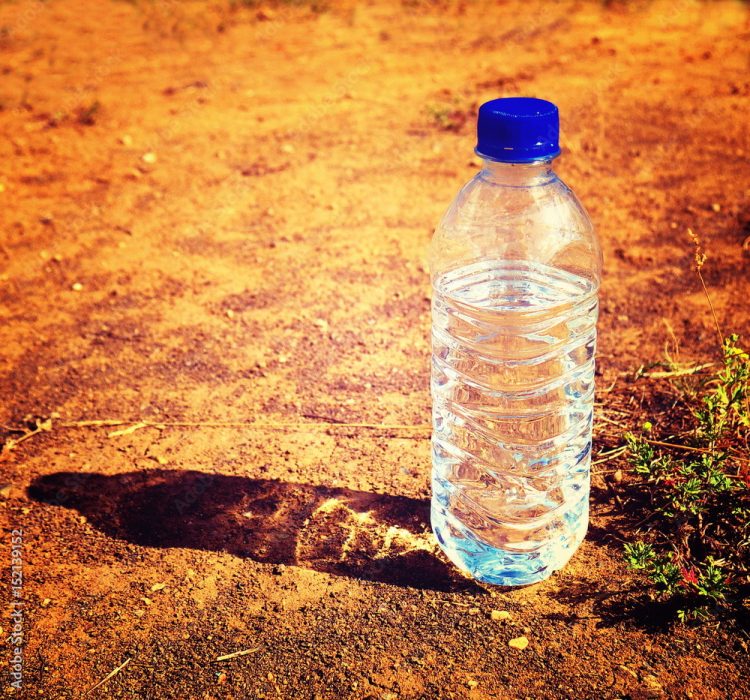Summer is the time of the year with the strongest sunlight. High UV index causes many adverse effects on our health and living environment.
How are UV rays formed?
UV rays are a form of electromagnetic radiation emitted by the sun. UV rays come in three types: UVA, UVB, and UVC, which are classified based on their wavelength and ability to penetrate the Earth’s atmosphere.

Ultraviolet rays are produced naturally by very hot objects like the Sun. About 10% of the Sun’s radiant energy is ultraviolet.
As with all electromagnetic spectrum radiation, ultraviolet rays travel at the speed of light. Humans cannot see it, but some animals, especially some insects, can see UV rays and have markings on their bodies that reflect UV rays.

UV rays help synthesize vitamin D for the body to use calcium and phosphorus effectively; UV rays also have positive applications for the treatment of skin diseases, sterilization and sterilization. However, overexposure to UV rays can lead to serious consequences.
Dangers from UV Rays to humans and the environment
Causes skin cancer
UV is a form of radiation that causes cancer to humans. Therefore, prolonged exposure to sunlight can cause skin cancer. Through some studies, it can be seen that 90% of the causes of skin cancer are caused by the harmful effects of UV rays.

Causes sunburn
Ultraviolet rays burn the skin. A sunburn is a burn that occurs when skin cells are damaged. This skin damage is caused by the absorption of energy from UV rays.
Damage to the Immune System
Overexposure to UV radiation is very harmful to the immune system. Some scientists have demonstrated that exposure to the sun continuously for 24 hours can change the distribution and function of white blood cells. This condition, if prolonged, can seriously affect the body’s immune system.
Causes eye damage
UVA rays easily penetrate the ozone layer, so they can penetrate the cornea of the human eye, entering the lens or retina. Without proper eye protection, ultraviolet rays can cause serious eye diseases such as cataracts. More seriously, UV rays can cause you to lose your vision.

Not only affecting human health, UV rays also make plastic products degrade. Just like human skin, plastic is vulnerable to UV damage. The ultraviolet rays react with the carbon bonds in the chain structure. It then interacts with atmospheric oxygen. Optical degradation can cause discoloration, which contributes to a loss of impact resistance and tensile strength, and causes the plastic to become brittle and prone to cracking or breaking.
If people use sunscreen to protect against the onslaught of UV rays, outdoor plastic products must also have their own protection.
Anti-UV additive is a specialized compound added during the plastic manufacturing process. It helps to limit the effects of ultraviolet rays in sunlight, improve durability and ensure the mechanical properties of the product.

Although only a very small part, UV protection additives are indispensable for outdoor applications that are often exposed to sunlight. It is often applied to products such as agricultural coatings, aquarium linings – seafood, textiles, covers for motorcycles, cars, etc. Additives help increase mechanical properties and product life, withstand in all weather conditions.
With the motto of enhancing technology innovation to improve product quality, Dai A Industry is proud to bring customers high-quality anti-UV additive particles with outstanding UV protection, suitable for use in different plastic production technologies.
With more than 10 years of experience in the plastic industry, with a team of highly qualified staff and engineers, Dai A is always a reliable choice of domestic customers as well as international markets. Contact us today for the most detailed advice!
